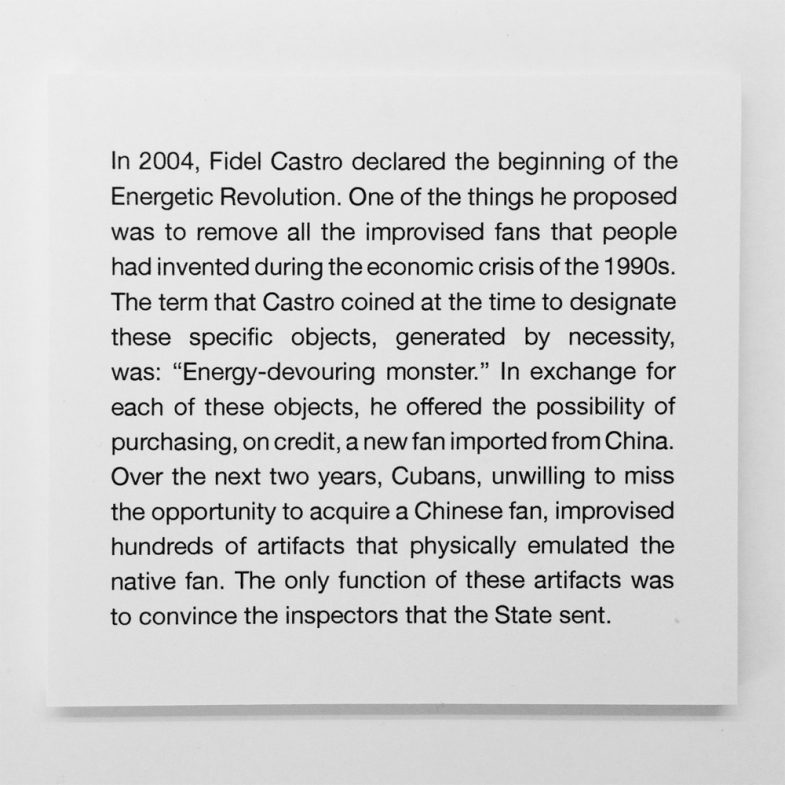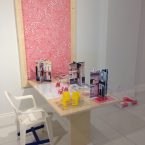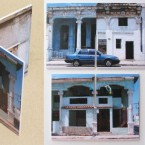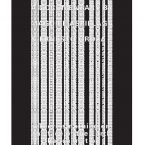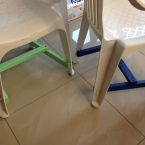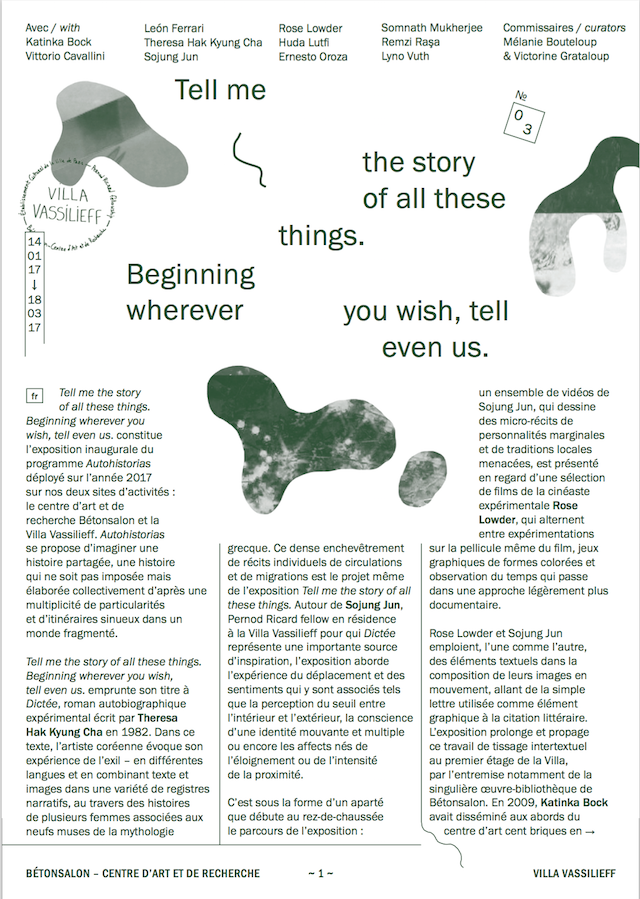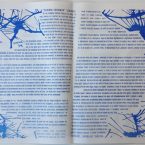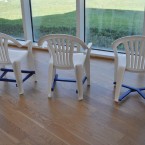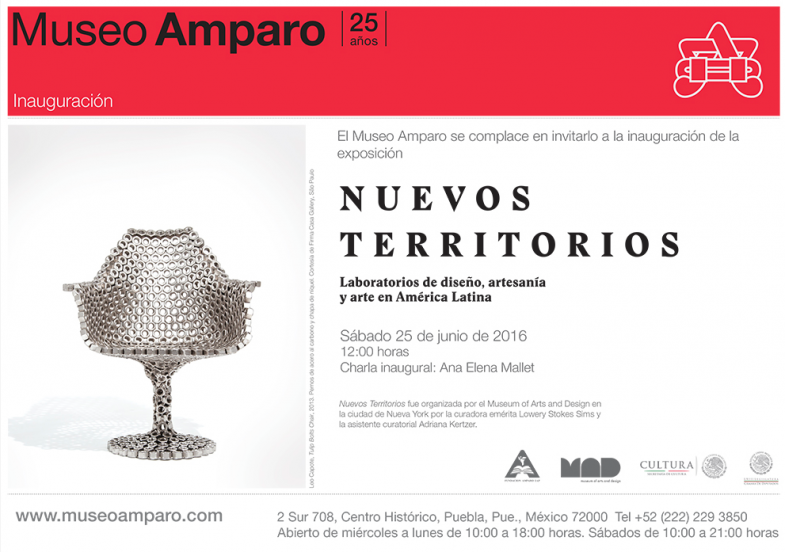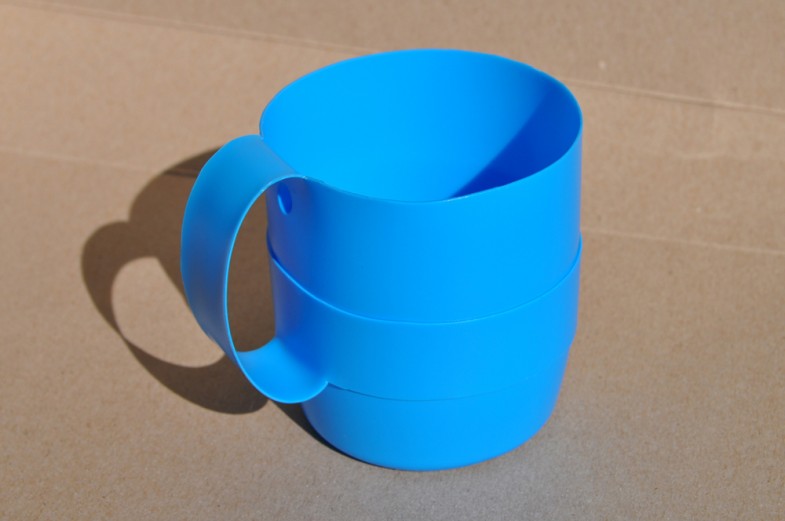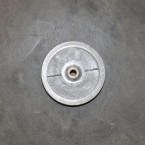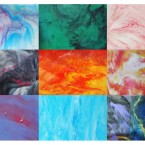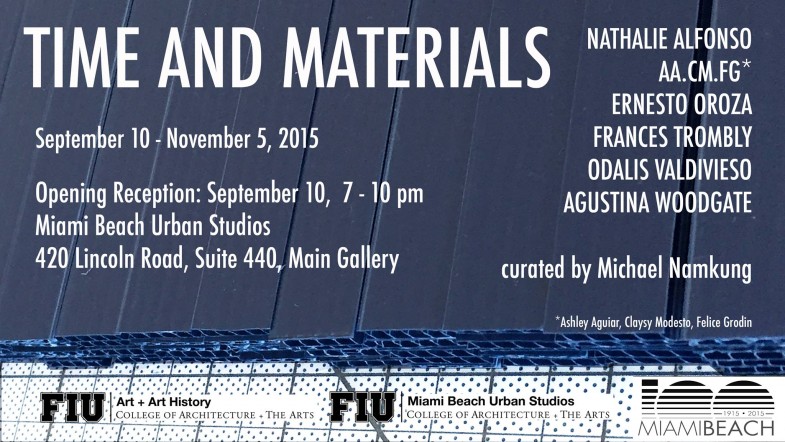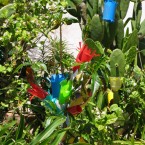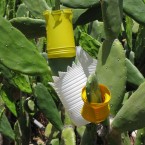Art x Cuba – Contemporary Perspectives since 1989
http://ludwigforum.de/en/event/kunst-x-kuba/
09/08/2017 – 02/18/2018
Opening: 09/07/2017
Ludwig Forum for International Art Aachen, Alemania.
The collection of Peter and Irene Ludwig is home to one of the largest and earliest assemblies of contemporary Cuban art in Europe. This fascinating part of the collection primarily developed during the eighties and nineties, a time of crisis as well as attempts to overcome it, and offers insights into the visual art of this Caribbean state. With the exhibition Art x Cuba – Contemporary Perspectives since 1989, the Ludwig Forum für Internationale Kunst will stage, for the first time, an encounter between works from the Aachen collection and more recent works from Cuba. This multilayered dialogue with 150 works by 72 artists opens up a discussion about the aesthetic, thematic, and formal development of Cuban art. Furthermore, the broadly-conceived exhibition project and accompanying publication also raise questions about the relationships between culture and politics, art and the market, globalization and power.
With generous support of the Peter and Irene Ludwig Foundation and the German Federal Cultural Foundation.
Patron of the exhibition: Federal Minister for Foreign Affairs Sigmar Gabriel
Curators: Andreas Beitin and Antonio Eligio (Tonel)
Curatorial assistance: Janice Mitchell and Denise Petzold
-

-
Arquitectura de la Necesidad/ Architecture of necessity – Techhnological Disobedience
-

-
Arquitectura de la Necesidad/ Architecture of necessity – Techhnological Disobedience
-

-
Arquitectura de la Necesidad/ Architecture of necessity: Moral Modulor, 80 slides, cut.
-

-
Spare parts – Technological Disobedience
-

-
Spare parts (Factograma) from Technological Disobedience. Installation view
-

-
Spare parts (Factograma) from Technological Disobedience. Details
-

-
Spare parts (Factograma) from Technological Disobedience. Details
-

-
Spare parts (Factograma) from Technological Disobedience. Details
Carne viva (notas sobre el adentro)
Ernesto Oroza
Dentro de la revolución todo, fuera de la revolución nada. La exigencia que Fidel Castro hizo a los intelectuales cubanos en 1961, puede considerarse el programa de su obra arquitectónica: un edificio con solo un plano de expresión, y éste es interior. La perspectiva que Fidel avizoró era un adentro circular, continuo. Su mausoleo sería lo mismo, pero a escala de llavero souvenir.
El adentro no es un lugar al cual se accede, porque no hay un afuera, no tendríamos de donde venir. Habitan el adentro individuos que aprendieron a vivir entre cuerpos abiertos y vísceras. Sus hijos han visto, en sus cortas vidas, más pedazos de cosas que cosas. En los hogares todos los artefactos están desarmados, unos porque lo exigen las continuas reparaciones, otros porque sus sistemas técnicos y carcasas son surtidores de partes que se reusarán para hacer funcionar otros objetos. Las alacenas, vitrinas y repisas rebosan de fragmentos: tapas de envases, segmentos de alambres, tuercas, patas de espejuelos, tacones de zapatos, cabos sin herramientas, botones de una calculadora, de un televisor, de una lavadora, de la pizarra de una alzadora de caña de azúcar. “Todo tiene un uso, no hay deposiciones de residuales”, nos recuerda, hablando del entorno natural de la isla, el doctor Jorge Ramón Cuevas. Profético el apellido del naturalista. Sobre las mesas los electrodomésticos abiertos se solapan hasta confundir sus mecanismos. La oscuridad y la acumulación ayudan, no queda claro dónde empieza la radio y acaba la plancha o el televisor. Los cables de todos los tarecos son bejucos enredados y quizás conectados entre si, ouroboros de cobre y plástico.
No hay en las calles más luz que en las casas, o mejor, en todas partes hay una luz a medias, un resplandor de cueva. El diseñador Félix Beltrán Concepción con su cartel CLIK (1969) nos convidó a vivir en la oscuridad. José Luis Cortés, el Lacan de la Timba, lo intuye cuando le dice a Fidel Castro en unos de sus temas: “¡Oye Superman, ten cuidado con las estalactitas y las estalagmitas!” Es El Tosco con esa frase—buena para iniciar un próximo manifiesto antropófago—quien ha prefigurado el sueño de La Cuevita como mercado-nación.
El primer renglón nacional es una economía de piezas de repuesto criollas. La escala, en comparación con otras producciones, le otorga la presencia y jerarquía de un monocultivo invasivo que se apodera de las tiendas estatales y de las mesas de los vendedores callejeros. En un escaparate de Neptuno se cuentan 77 tipos de piezas distintas, algunas fundidas en aluminio, otras torneadas en latón, muchas inyectadas en plástico por máquinas construidas, para este propósito, en salas, habitaciones y patios de muchas casas de San Miguel del Padrón y de otros barrios y provincias. Vulcanizadas, troqueladas o torneadas son las juntas de cafeteras, batidoras y ollas arroceras. Abundan las cuchillas de acero níquel, couplings y los platos torneados de las batidoras más comunes: Daitron, Hamilton, Magnum, National, Osterizer, Phillips, Vince. Las superficies de la piezas tienen, en bas-relief, los nombres de los fabricantes escritos, más o menos, como suenan. Las marcas grabadas agilizan el reconocimiento y la venta, es la didáctica de La Cuevita. Las piezas de refacción cubren toda la superficie expositiva de todas las vidrieras de todas las tiendas de todos los municipios. Es la decoración oficial del adentro, un papel tapiz infinito dedicado al tema del repuesto. Cruzan este paisaje cada día cientos de personas, llevan en sus manos piezas rotas de batidoras, lavadoras o ventiladores. Caminan hacia los talleres de los mecánicos o hacía los vendedores, confiados de que con la pieza en mano podrán identificar mejor el reemplazo. En competencia con el sicalíptico cubatón que encuera la urbe, los pregones, no menos escatológicos, reclaman vísceras y cadáveres a viva voz: ¡Compro batidoras y ventiladores rotos! ¡Compro motores viejos! ¡Compro chasis de lavadoras! Hordas de carroñeros, con sus carretas a cuestas, escarban con pregones las mañanas del Mónaco, Miramar, las calles interiores de Lawton, esperan por ellos los mecánicos en sus talleres.
La vieja ciudad metabolizó la amenaza de Fidel. Las fachadas de las viviendas existen solo como el plano de proyección de las batallas domésticas intestinas. La fachada muestra, ya no esconde. Miras la casa y sabes que ya sus habitantes no se aman, o que al menos no desean encontrarse más: donde había una puerta ahora hay dos. Es fácil saber cuál Ministerio—o cuál clave—, les da el sustento. La cuadra, que era una secuencia de fachadas, es ahora una secuencia de pantallas de proyección. Una arquitectura del reality show. Una ventana para iluminar la cuna de un recién nacido eclosiona al centro de una elaborada cornisa Art Noveau: las ventanas se diseñan y se perforan desde el interior, el exterior no existe, es viejo orden. Un balcón aparece una mañana y altera la trama de la cara norte del edificio que antes formaban 12 balcones cuidadosamente distribuidos por su arquitecto en 1949. Como ahora todo es interior, mencionar el objeto arquitectónico “fachada” puede delatar un pensar disidente o alguna enfermedad mental. No es casual que el órgano estatal más eficiente en el adentro sea el Ministerio del Interior— ni lo es que su nombre en el argot sea el aparato.
Conexiones eléctricas e hidráulicas serpentean por las paredes, son las venas nerviosas de edificios vampiros. A veces los cables y tubos se cruzan en direcciones inesperadas, trepan en el vacío buscando apoyo o un lugar donde enterrar sus raíces. La ciudad es un triperío al sol, un aparato único abierto, un extenso territorio en carne viva. Las instalaciones de agua ramificadas son gráficos 3d de lazos familiares, la hidráulica es acá más eficiente en ofrecer información filial que el registro civil. Las líneas eléctricas, de teléfonos y de video diagraman transacciones económicas complejas. Un cable de video atraviesa las ventanas, cruza manzanas para alimentar el televisor de un vecino que paga 20 CUC al mes por ver lo que ves. Intranet es la máxima expresión tecnológica del adentro. Ahora el término se ha puesto de moda y se usa tanto para nombrar la vía oficial posible de conexión informática en el adentro, y una forma no legal de conectarse en los hogares para compartir películas piratas, chatear y dar curso a la versión offline de Revolico, pero sabemos que una intranet de agua siempre ha existido, preguntemos en la Habana Vieja, o en el Cerro. Y otra de teléfono, y otra de carne de res (por algo le dicen hilo rojo en el mercado negro). Intranet son todas las vías para respirar en el adentro.
¿Qué supuran los interiores mecánicos sino grasa y aceite? Por eso todo el adentro está manchado. Drenados de diferenciales y pistones de autos, corren hilos de aceite quemado por las juntas de las losas de concreto en las aceras. El aceite es la saliva escupida por la difícil pronunciación de un lenguaje híbrido y enrevesado. La mecánica automotriz ha devenido un culto secreto. En unas décadas será religión dominante, aunque será sincrética. Los mecánicos son ya santos y guardianes del adentro. Entre ellos se burlan de The Matrix, la película de Perogrullo, le dicen. Por el tiempo que pasan acostados bocarriba bajo los autos, las malas lenguas y el humor popular sugieren—porque también hay teorías de conspiración en el adentro—, que los mecánicos son los verdaderos reptilianos. La permanente hibridación, la escasez de recursos y otras fatalidades técnicas del adentro, obligan al mecánico a habitar el código. Él es el poeta del productivismo, el lingüista del eco en la cueva, el mecánico dialéctico, algo así como un Spinoza en overall. Es el entendido y el que atiende. Es el que comprende el afecto y el que responde.
El mecánico solo tiene un rival en el adentro: el diseñador de interior caníbal, pero ese es otro texto.

Spare parts. Diagram by Fabian Martinez for www.desobedienciatecnologica.net, 2016.

